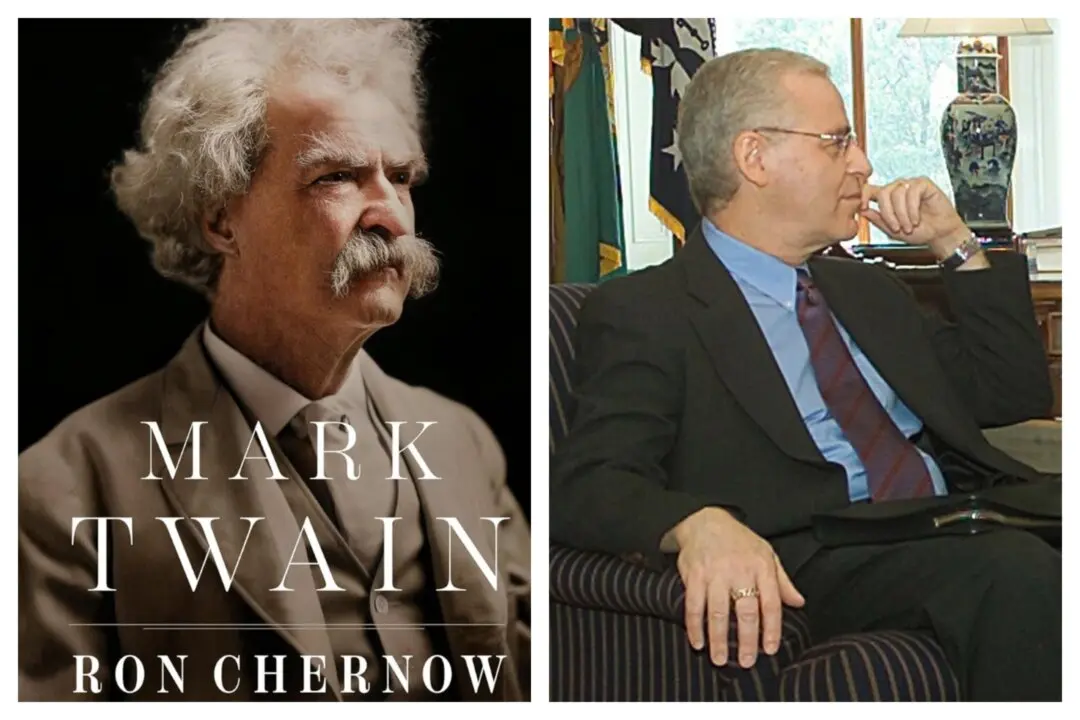Michael Barone, the senior political analyst at the Washington Examiner and resident fellow emeritus at the American Enterprise Institute, has written a rather interesting geographical and geopolitical analyses of six men from the founding generation. For all that has been written of these men, or at least almost all of them, Barone’s perspective is taken literally from the ground up.
Of the six men discussed in “Mental Maps of the Founders: How Geographic Imagination Guided America’s Revolutionary Leaders,” five―Benjamin Franklin, George Washington, Thomas Jefferson, Alexander Hamilton, and James Madison―are usual suspects often found under the label of American Founders, but the sixth, Albert Gallatin, was indeed a surprising, but refreshing choice. For all six, Barone dissects in essay form how the land from which they sprung, and even lands where they had never ventured, formed their thinking and visions of America and its future.






